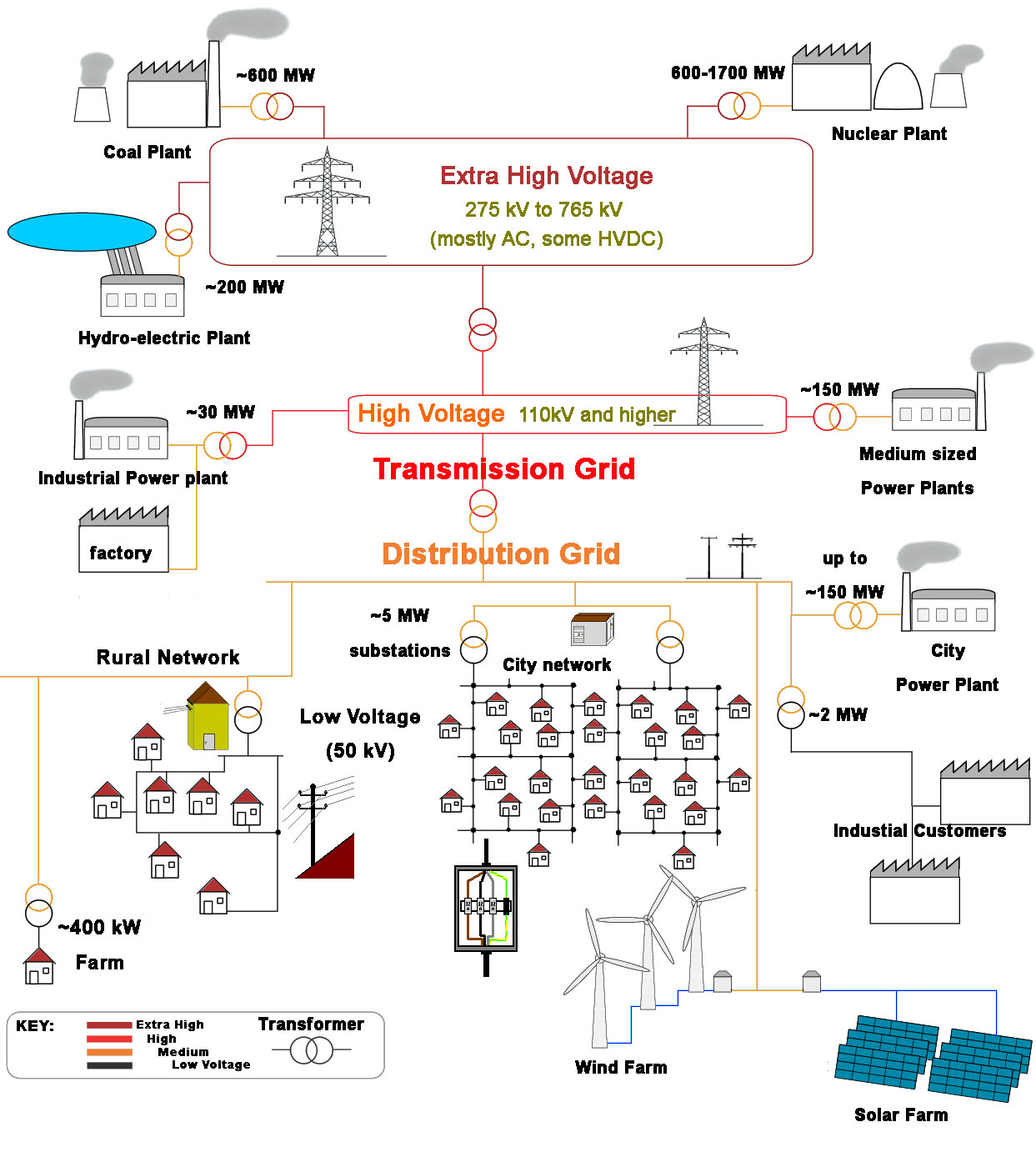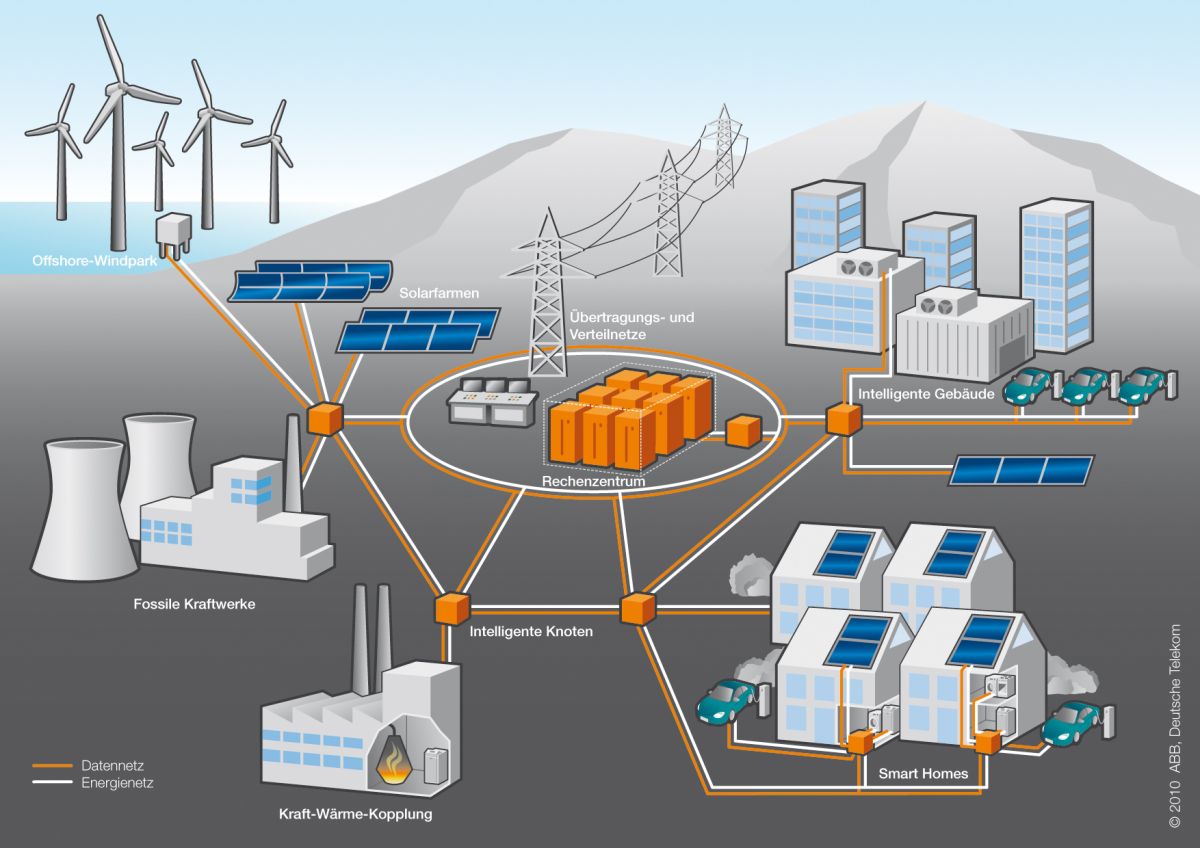ENERGY EFFICIENCY & TECHNOLOGIES

ELECTRICAL POWER SYSTEM

Advanced Solar Technologies represents the latest innovations in harnessing solar energy more efficiently and cost-effectively. These technologies aim to address challenges associated with traditional solar photovoltaic (PV) systems and expand the range of applications for solar energy. Here are some notable advanced solar technologies:
Tandem Solar Cells:
Multijunction Cells: Tandem solar cells stack multiple layers of semiconductor materials, each designed to absorb different wavelengths of sunlight. This increases the efficiency of solar cells by capturing a broader spectrum of light.
Perovskite Solar Cells: Perovskite Materials: Perovskite solar cells use materials with a perovskite crystal structure, offering the potential for low-cost manufacturing and high efficiency. They are still in the research and development stage but show promise for commercial use.
Bifacial Solar Panels:
Two-Sided Absorption: Bifacial solar panels can capture sunlight from both the front and rear sides. This design allows them to utilize reflected sunlight from nearby surfaces, increasing overall energy production.
Concentrated Solar Power (CSP):
Mirror or Lens Systems: CSP systems concentrate sunlight onto a small area, typically using mirrors or lenses. The concentrated sunlight is then used to generate heat for power generation through steam turbines.
Floating Solar Farms:
Solar Panels on Water: Solar panels are placed on bodies of water, such as lakes or reservoirs. This not only saves land but also benefits from the cooling effect of the water, which can enhance the efficiency of the solar panels.
Solar Thermal Technologies:
Concentrated Solar Thermal (CST): Uses mirrors or lenses to focus sunlight on a small area to generate high temperatures for industrial processes or electricity generation.
Distributed energy consists of a range of smaller-scale and modular devices designed to provide electricity, and sometimes also thermal energy, in locations close to consumers. They include fossil and renewable energy technologies (e.g., photovoltaic arrays, wind turbines, microturbines, reciprocating engines, fuel cells, combustion turbines, and steam turbines); energy storage devices (e.g., batteries and flywheels); and combined heat and power systems. Distributed energy offers solutions to many of the nation's most pressing energy and electric power problems, including blackouts and brownouts, energy security concerns, power quality issues, tighter emissions standards, transmission bottlenecks, and the desire for greater control over energy costs.

INTELLIGENT POWER GRID
More on Transmission and Distribution System Infrastructure:
https://www.osha.gov/SLTC/etools/electric_power/credits.html
More about intelligent Grid Infrastructure on:
https://www.smartgrid.gov/the_smart_grid/smart_grid.html
More about intelligent Grid Infrastructure on:
https://www.smartgrid.gov/the_smart_grid/smart_grid.html
More about intelligent Grid Infrastructure on:
https://www.smartgrid.gov/the_smart_grid/ smart_grid.html
Electrical energy is a secondary energy source. There are various methods and systems used to transform one form of energy into another. These technologies play a crucial role in meeting the world's energy needs while minimizing environmental impacts.
Here are some key energy conversion technologies:
Fossil Fuel Power Plants: Combustion-based Power Plants: Burning coal, natural gas, or oil to produce heat, which is then used to generate electricity through steam turbines.
Renewable Energy Technologies: Solar Photovoltaic (PV) Systems: Convert sunlight directly into electricity through the photovoltaic effect.
Solar Thermal Systems: Use sunlight to heat a fluid, producing steam that drives a turbine to generate electricity.
Wind Turbines: Convert kinetic energy from the wind into electricity through the rotation of turbine blades.
Hydropower Plants: Generate electricity by harnessing the energy of flowing or falling water to turn turbines.
Geothermal Power Plants: Utilize heat from the Earth's interior to generate steam and drive turbines for electricity generation.
Ocean Energy: Includes tidal energy, wave energy, and ocean thermal energy conversion (OTEC), which harnesses energy from the ocean.
Nuclear Power: Nuclear Fission: This involves splitting the nucleus of an atom to release a significant amount of energy, which is used to generate steam and produce electricity.
Bioenergy: Biomass Power Plants: Burn organic materials like wood, crop residues, or municipal solid waste to produce heat and electricity.
Biofuels: Convert biomass into liquid fuels such as biodiesel and ethanol for transportation.
Energy Storage: Battery Technologies: Store electrical energy chemically for later use in applications ranging from small electronic devices to electric vehicles and grid storage.
Pumped Hydro Storage: Store energy by pumping water to an elevated reservoir during periods of low demand and releasing it through turbines during high-demand periods.
Hydrogen Production: Electrolysis: Splits water into hydrogen and oxygen using electricity, often generated from renewable sources, to produce clean hydrogen for various applications.
Fuel Cells: Hydrogen Fuel Cells: Generate electricity through the electrochemical reaction of hydrogen with oxygen, producing water as a byproduct.
Waste-to-Energy: Incineration: Converts municipal solid waste into heat and electricity through controlled burning.
Advanced Technologies: Advanced Nuclear Reactors: Explore new reactor designs that offer enhanced safety and efficiency.
Advanced Solar Technologies: Include concentrating solar power (CSP) and advanced materials for improved solar conversion.
These energy conversion technologies are essential for transitioning to a more sustainable and diverse energy mix, reducing reliance on fossil fuels, and mitigating the environmental impact of energy production. Ongoing research and development are continually improving the efficiency and cost-effectiveness of these technologies.
Distributed energy consists of a range of smaller-scale and modular devices designed to provide electricity, and sometimes also thermal energy, in locations close to consumers. They include fossil and renewable energy technologies (e.g., photovoltaic arrays, wind turbines, microturbines, reciprocating engines, fuel cells, combustion turbines, and steam turbines); energy storage devices (e.g., batteries and flywheels); and combined heat and power systems. Distributed energy offers solutions to many of the nation's most pressing energy and electric power problems, including blackouts and brownouts, energy security concerns, power quality issues, tighter emissions standards, transmission bottlenecks, and the desire for greater control over energy costs.

TRADITIONAL POWER GRID
More on geothermal systems:
http://energy.gov/eere/energybasics/articles/geothermal-heat-pump-basics
Energy Fundamentals: http://en.wikipedia.org/wiki/Energy
Green Energy: http://coloradoenergy.org/sites/green.asp




